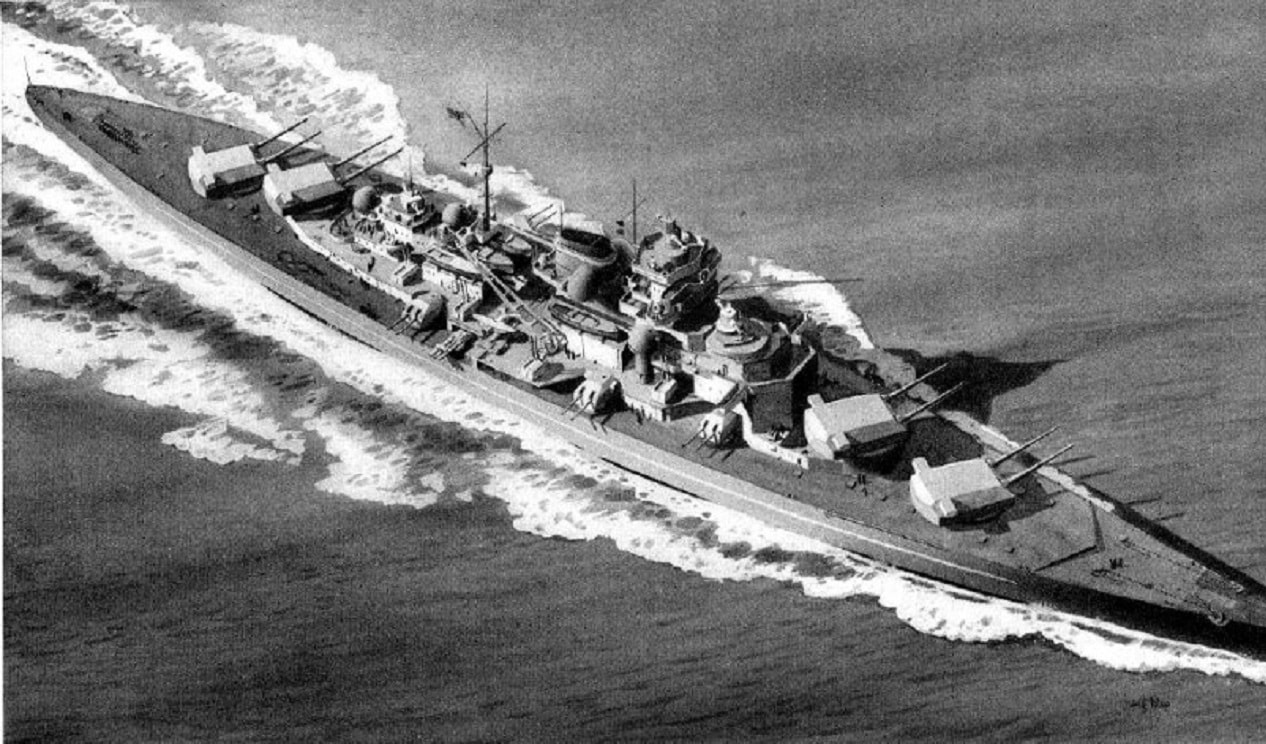To suggest that the Nazis had “grand ambitions” is an understatement, and the key to those plans for domination over Europe was to build a naval fleet that could not only rival but even defeat Britain’s Royal Navy. That would have required aircraft carriers and powerful battleships.
(Subscribe to Our YouTube Channel Here. Check out More 19FortyFive Videos Here)
Germany was on its way with the Bismarck-class of battleships, and had even began construction of the Graf Zeppelin, the Nazi’s only attempt to build an aircraft carrier. However, some in Berlin were thinking even bigger, and thus was born the H-class super battleships that would have dwarfed both the Bismarck and Tirpitz.
Plan Z
The H-class was devised as the core of Adolf Hitler’s Plan Z to reequip and expand the Kriegsmarine (German Navy). Design of the ships began in 1937 and it was estimated that each of the six planned massive vessels would have taken around 50 months, with all scheduled for completion by 1944.
However, it was very much a case of the left hand not knowing what the right hand is doing, as construction began even as the German military was planning to launch its attack on Poland. The first vessel “Schlachtschiff H” (“Battleship H”) was laid down on June 15, 1939 by Blohm & Voss in Hamburg on June 15, 1939; while the “Schlachtschiff J” (“Battleship J”) was laid down by AG Weser in Bremen on August 15, 1939, just two weeks before Germany launched its invasion.
Construction was subsequently halted in October as the war effort focused on the construction of U-boats rather than battleships. By 1940, the material used in the early construction of the two super battleships was even scrapped and then directed to other uses.
It boggles the mind to consider why the Kriegsmarine would have wasted weeks and even months of effort on the warships, but the only answer may be that Germany’s leadership was utterly deluded and didn’t expect France and Great Britain to declare war following the invasion of Poland. The question must then be asked why Germany wouldn’t have waited to lay down the keels on the first two vessels.
Bigger Plans
Though it became apparent that Germany couldn’t build its overly ambitious warships while it was still engaged in a war with England, engineers continued to tweak and improve the designs. After the sinking of Bismarck and Scharnhorst, which again should have been a signal that the age of the battleship was at its twilight, German designers simply went bigger.
The designers even took the battleship to extremes unmatched by the other wartime powers. Whereas the planned H39, which was essentially what Germany planned to build in 1939, was a reasonable 62,500 tons – with each subsequent upgrade the vessels increased in size and capability. The H40A was 65,600 tons while the H40B took it to 70,000 tons, already on par with the Imperial Japanese Navy’s Yamato.
That was followed by the H41, which was designed to be 76,000 ton, while the H42 was a massive 98,000 tons. The plans only increased further, with the H43 and H44 finally reaching 141,500 tons. That was larger in tonnage and longer than a U.S. Navy Nimitz-class supercarrier that was developed in the 1960s and built in peacetime.
In addition, unlike the American carriers, which are nuclear powered, the German battleship was to be propelled by a dozen diesel engines. It is doubtful such a massive vessel could have reached the planned 30 knots. Even more curious is the fact that the Germans seemed singularly focused on the size of the warship, but not its armament. The H-classes planned eight 40.6 cm guns would have smaller than Yamato’s nine 46cm guns.
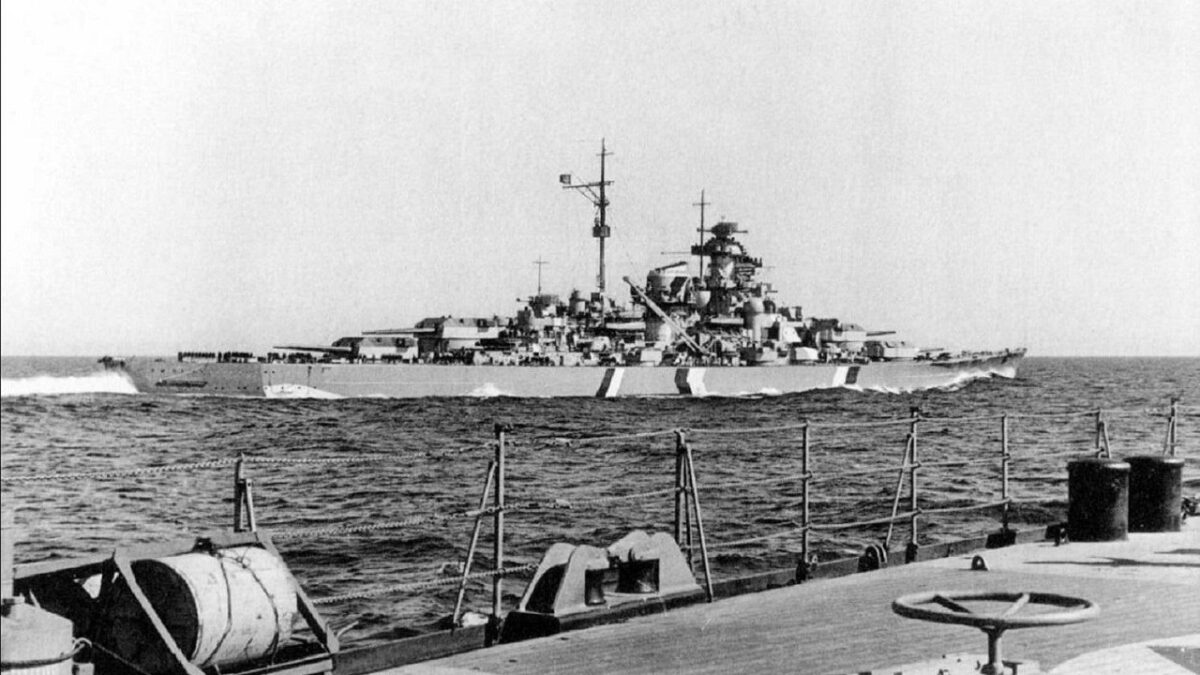
Battleship Bismarck. Image Credit: Creative Commons.
Whereas the Japanese A-150 and the United States Navy’s Montana-class could have been built, the Nazi’s H-Class went from ambitious to entirely delusional. Even had it been possible for the Germans to have laid down such a warship it would have just been a huge target for bombers, and likely impossible to complete even during peacetime. In the extremely unlikely event that the warship could have been completed, it seems it would have served little purpose – and likely still would have been a huge target, even if the Germans didn’t paint a “Balkenkreuz” or swastika for other aircraft to aim at!
Bonus: Meet the Iowa-Class Battleship (The Best Ever)
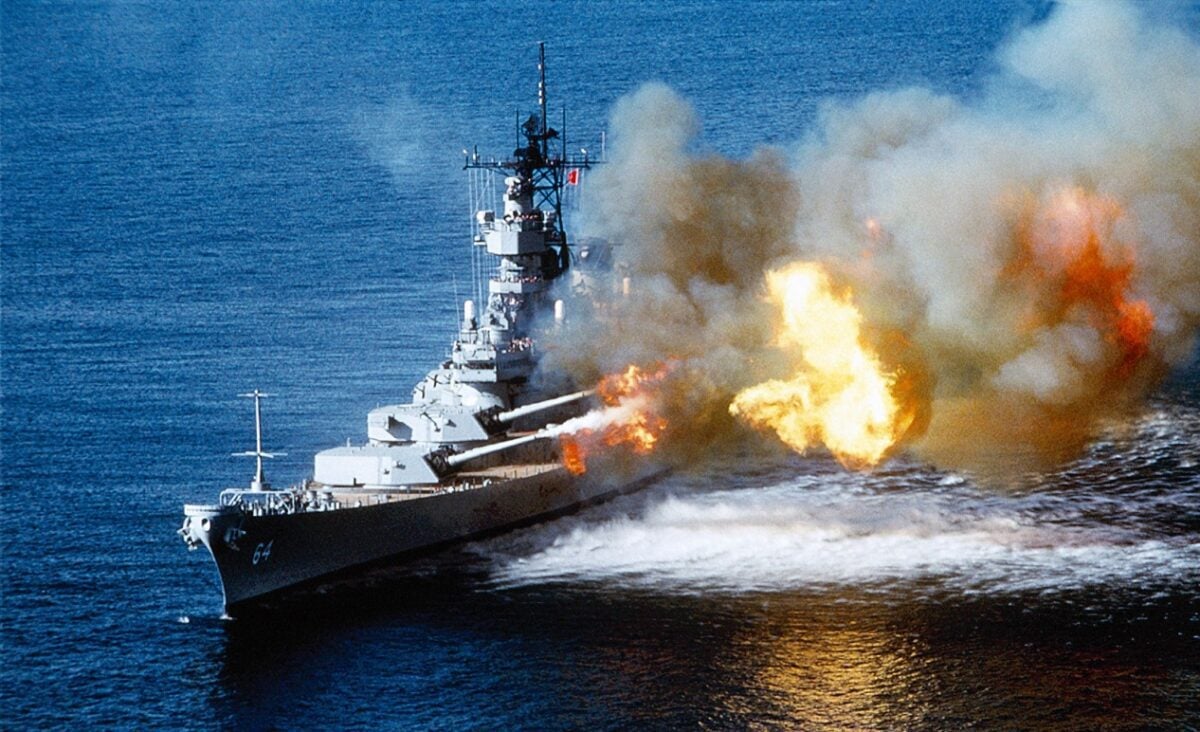
Iowa-class. Image Credit: Creative Commons.
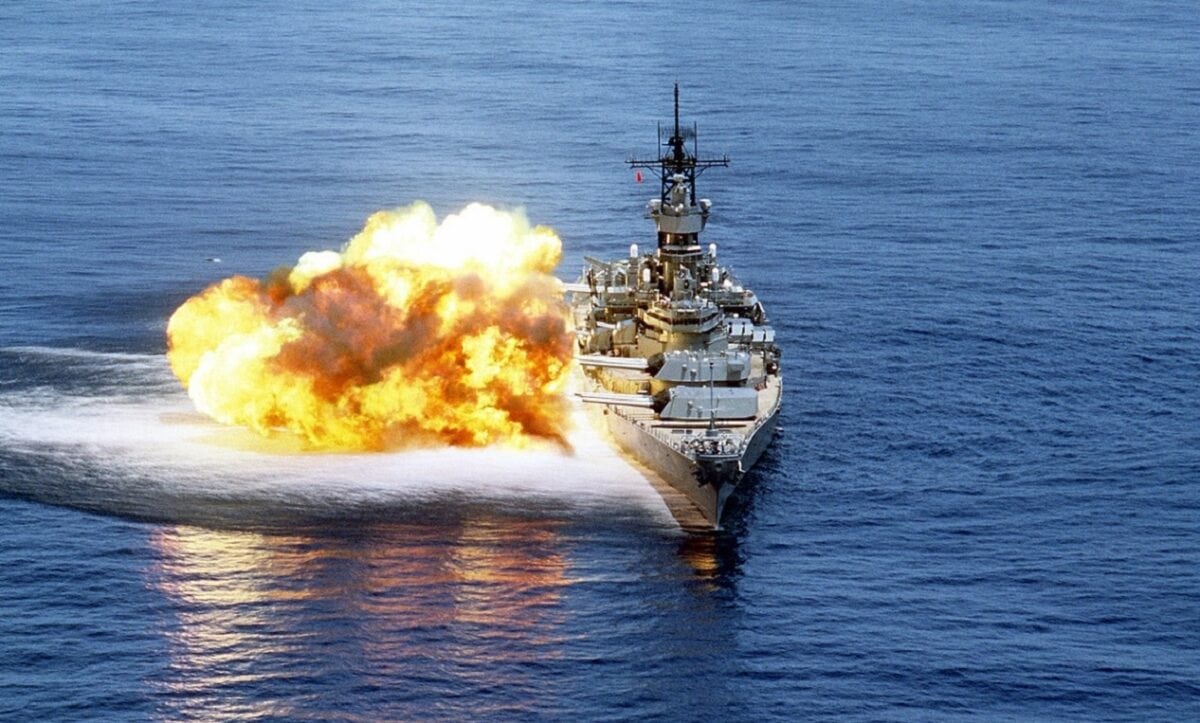
Iowa-class battleship. Image Credit: Creative Commons.
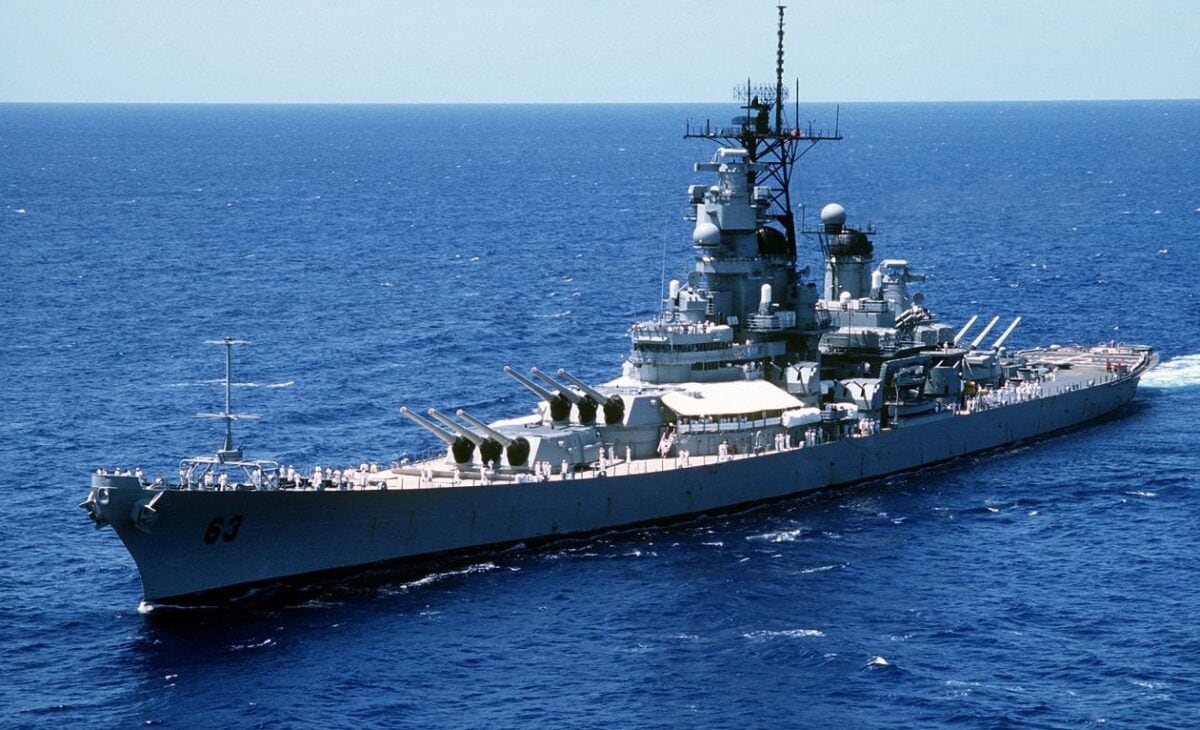
USS Iowa. Image Credit: Creative Commons.
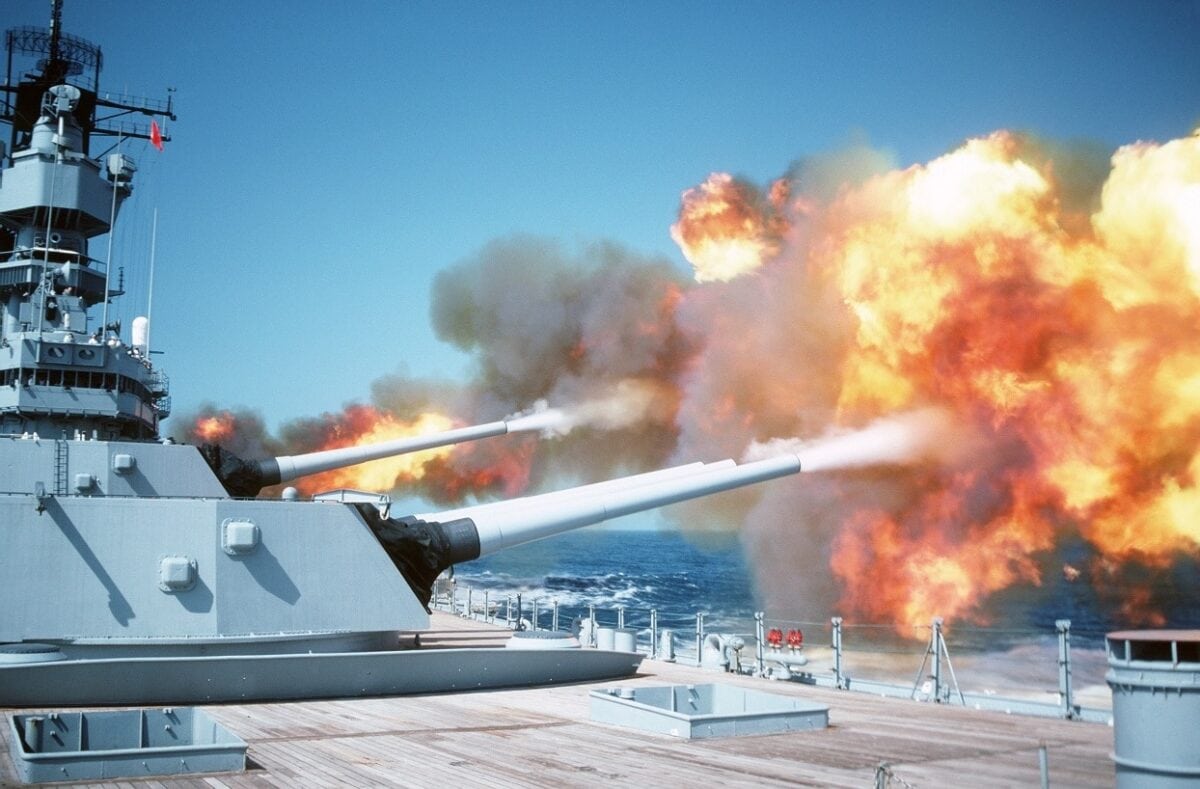
USS Iowa. Image Credit: US Navy.
Now a Senior Editor for 19FortyFive, Peter Suciu is a Michigan-based writer who has contributed to more than four dozen magazines, newspapers and websites. He regularly writes about military hardware, and is the author of several books on military headgear including A Gallery of Military Headdress, which is available on Amazon.com. Peter is also a Contributing Writer for Forbes.

